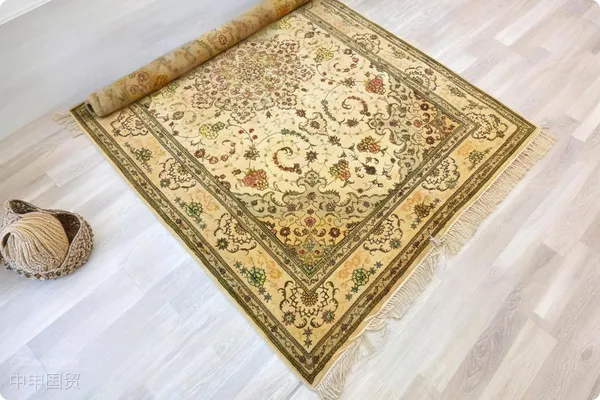- Shanghai Zhongshen International Trade Co., Ltd. - Two decades of trade agency expertise.
- Service Hotline: 139 1787 2118

On the grand stage of international trade,Compulsory certificationThe price of panel lights is influenced by a combination of various factors.
I. The foundational shaping of price by cost factors
Raw Material Costs
- The main raw materials for panel lights include LED chips, panel materials, circuit components, etc. For panel lights exported to Russia, the quality and price of LED chips vary significantly. High-quality LED chips, such as those from internationally renowned brands, can provide better lighting effects and longer service life but come at a higher cost. Using ordinary LED chips can reduce the price but may result in slightly inferior brightness and stability. For panel materials, high-quality acrylic panels with high transparency and strong wear resistance are more expensive than ordinary plastic panels. The quality of electronic components in circuit assemblies also significantly impacts costs. High-quality capacitors, resistors, and other components ensure stable operation but increase costs.
Production Costs
- Labor costs for producing panel lights are part of the production costs. In major manufacturing countries like China, if local wage levels rise, the production cost of panel lights will increase. Additionally, indirect costs such as equipment depreciation and factory rent during production cannot be ignored. Advanced production equipment can improve efficiency and product quality but comes with higher purchase and maintenance costs, which are factored into the product price. Moreover, manufacturers may need to invest additional funds in product testing and improvements to comply with Russian standards, such as electrical safety and electromagnetic compatibility standards, which can increase production costs and, consequently, export prices.
II. Market demand and competitions regulation of price
Characteristics of Market Demand
- Russias vast geographical environment leads to varying demand for panel lights in different regions. In major cities like Moscow and St. Petersburg, there is greater demand for high-end, smart panel lights. Consumers prioritize design, energy efficiency, and compatibility with home decor. In remote areas, price sensitivity is higher, and basic panel lights that meet lighting needs are more popular. This demand variation affects pricing. For high-end market panel lights, companies can set higher prices to reflect premium features, while prices for basic products need to be more competitive.
Competitive landscape
- In Russias panel light market, competition comes from multiple sources. On one hand, there are numerous Chinese lighting companies competing. Chinese panel lights are known for their cost-performance ratio, and companies compete on price to gain market share. Some small enterprises may use low-price strategies to attract customers, but product quality may vary. On the other hand, Russian domestic lighting companies have local advantages, such as better understanding of market needs and more convenient after-sales service networks. Additionally, there is competition from imported lights from other countries. This competitive landscape requires exporters to consider costs, product features, and market positioning when setting prices to find a balance between profitability and competitiveness.
III. Impact of policies and trade environment on price
Requirements for customs clearance documents
- Russias tariff policies directly affect the price of imported panel lights. If Russia imposes high import tariffs on panel lights, exporters may have to raise prices to maintain profits. For example, special or high-end panel lights may be classified under higher tariff categories, increasing their market price and reducing competitiveness.
Trade agreements and exchange rate fluctuations
- Trade agreements between China and Russia also influence the export price of panel lights. Preferential trade agreements, such as tariff reductions or simplified trade procedures, can lower export costs, allowing exporters to adjust prices for better competitiveness. Additionally, exchange rate fluctuations cannot be ignored. If the RMB appreciates against the ruble, the ruble-denominated price of panel lights will rise, potentially weakening their price advantage in Russia. Conversely, RMB depreciation can make exports more price-competitive.
The price of panel lights exported to Russia is a complex economic phenomenon influenced by costs, market demand, competition, policies, and trade environment. Exporters must analyze these factors thoroughly to develop reasonable pricing strategies for success in the Russian market.
Related Recommendations
? 2025. All Rights Reserved. Shanghai ICP No. 2023007705-2  PSB Record: Shanghai No.31011502009912
PSB Record: Shanghai No.31011502009912










